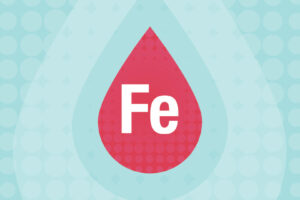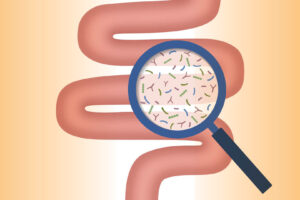While it is often associated with misconceptions, electroconvulsive therapy (ECT) is a specialized treatment that can be very effective in certain people struggling with severe depression and certain other behavioral health conditions not helped by medication or psychotherapy. Moustafa H. Shafey, MD, a board-certified psychiatrist on staff at CentraState, dispels some common myths about ECT.
Myth: ECT is like the shock therapy shown in old movies.
Fact: While ECT was once referred to as “shock therapy,” today’s modern therapy is a safe, advanced, and precise treatment that is nothing like it was depicted in old movies. ECT involves administering a brief electrical current to the brain while patients are under anesthesia. Parameters like muscle and brain activity are carefully monitored throughout the process. The actual treatment, which is pain-free, lasts only 30 seconds to a minute. At CentraState, treatment is carefully overseen by an experienced team that includes an ECT-certified psychiatrist, ECT-trained nurses, and a dedicated anesthesiologist in a sophisticated treatment suite.
Myth: ECT is not that effective.
Fact: Research shows that ECT enhances the function and availability of chemicals called neurotransmitters in the brain. These neurotransmitters deliver messages from one brain cell to another. Through this process, depressive symptoms can be overpowered by improved brain cell function, enabling many patients with severe symptoms to lead active, happier lives. In fact, 50% to 60% of patients receiving ECT report that it is effective in relieving symptoms of depression, with up to 90% experiencing relief for the treatment of depression with psychosis.
Myth: ECT is a last resort for treating depression.
Fact: ECT is often considered the gold standard of treatment for severe depressive disorder. It can also be an effective option for seniors or others who may not do well with adding another medication to their prescription regimen.
Myth: ECT causes long-term memory loss.
Fact: Modern ECT uses the lowest possible treatment dose to be effective while avoiding side effects that were sometimes an issue in the past, like long-term memory loss. A small percentage of patients experience temporary loss of some recent memories, which usually clears up within a few days to a few months. Other side effects may include headache, muscle soreness, nausea, and grogginess, but treatment benefits can far outweigh these issues.
ECT is available for both inpatients and outpatients at CentraState and is covered by most health insurance plans. A normal course of ECT is six to 12 treatments of three per week. While every person is different, often patients notice an improvement in symptoms after two to three treatments. When ECT treatment is provided at the right time in the right way, it can be a positive, life-changing experience.
For more information about surgical services at CentraState, visit centrastate.com/behavioralhealth or call 866-CENTRA7 (866-236-8727)





